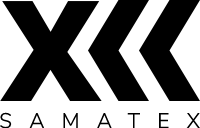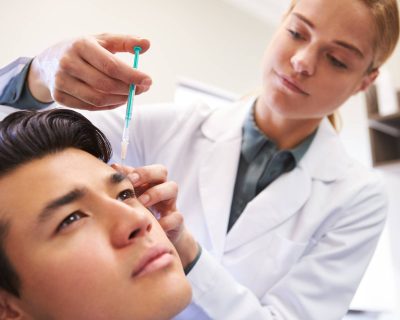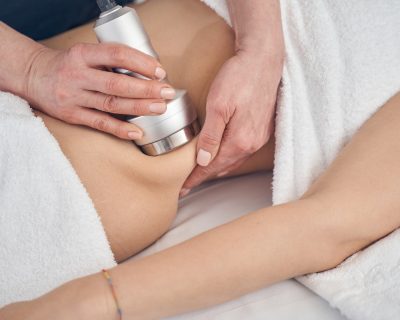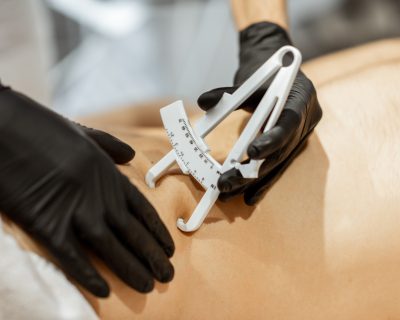Blog
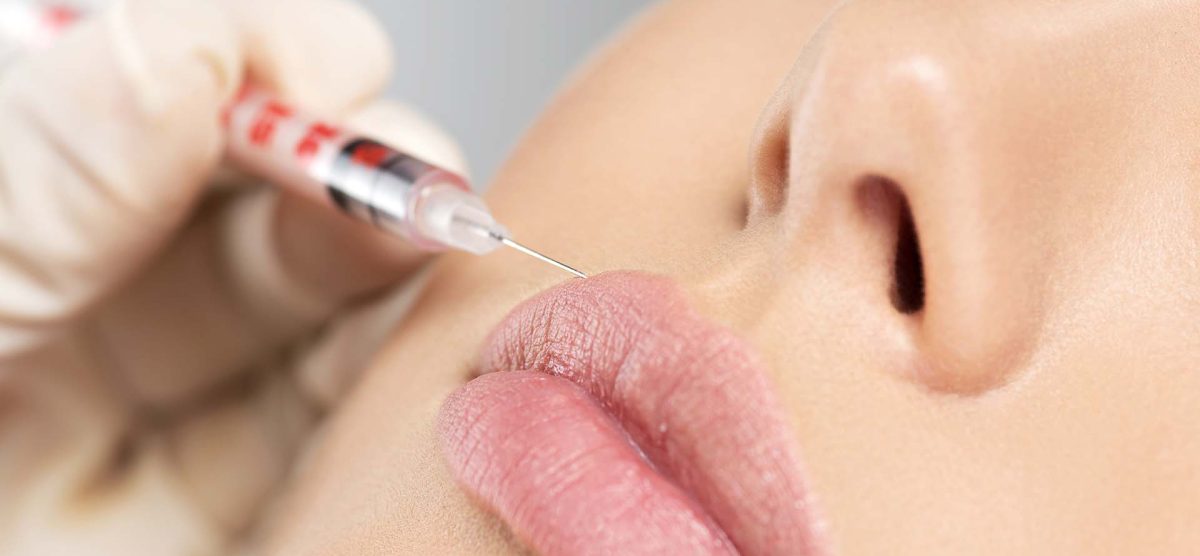
5 Botox Aftercare Tips To Get The Best Results
What is Botox?
Botox is a blanket term used for different preparations of the botulinum toxin. Doctors and physicians can inject Botox to paralyze certain muscles and block misfiring nerves. Botox can have effects that last up to a year. It is also widely used in aesthetic medicine because it can help relax underlying muscles to enable a smoother more youthful appearance. This form of Botox usage has been popular for years and it is becoming one of the most popular nonsurgical procedures.
An important takeaway is that you will likely not get the desired effects immediately after your Botox treatment. It may take a few days for the effects to become apparent. However, you should feel the full results of the operation within 2 or 3 weeks of your procedure. It is also important to note that these benefits are not permanent and usually last 3 to 4 months, therefore you should wait a few months before having Botox treatment done again.
Botox treatment is usually done in a doctor’s office, only taking about 10 minutes. It is a minimally invasive procedure, so there will be little downtime to deal with and in most cases, you can return to regular routines right after the procedure finishes. However, there are certain aftercare tips to assist you to get the best results from your Botox treatment.
1. Refrain from physical activities with some exceptions
Physical activities are vital for your health and it is recommended that the average adult should participate in 150 minutes of moderate-intensity physical activity each week. However, avoid strenuous physical activity for at least 24 hours following your Botox treatment. Depending on the length of your treatment, your doctor may advise you to wait several days before returning to your workout regimen. Some physical exercises that can not be down after your Botox treatment include:
- Weight training
- Crossfit
- Long-distance running
Physical exercise boosts blood flow throughout the body, and this includes the face. The increased blood flow may spread the Botox to undesirable locations, reducing the effectiveness of the treated area. Exercise also contracts muscles, which may reduce the advantages of Botox therapy. For the best results refrain from exercise for a minimum of 24 hours after your Botox treatment.
As previously stated, you should avoid strenuous physical activity for at least 24 hours after your treatment. However, you can gently exercise your face muscles during this period. Experiment with different facial emotions, such as smiling, frowning, and raising your brows. These actions are recommended because they can help you feel the advantages of botox therapy sooner. Along with reaping the effects of botox quickly, frowning frequently for roughly an hour following the operation enhances absorption by the targeted muscle groups. Avoid excessive facial expressions for the following 12 hours after that one hour of exercising your face
2. Avoid alcohol and specific medications
You should wait at least 24 hours after your Botox treatment before ingesting alcohol. Your skin and any treated areas will recover in the hours and days after your Botox treatment. During this period, the regions are prone to bruising, and thinned blood with alcohol is likely to worsen the bruising impact. Drinking alcohol immediately after or within 24 hours after your Botox treatment can lengthen your healing period. When compared to those who did not consume any alcohol during their recovery period, they experienced the best result after their Botox treatment.
Along with alcohol, there are several medications that should not be used shortly after Botox. They are blood-thinning drugs, such as Aspirin or other heart medications. Blood thinners, including alcohol, increase the likelihood of excessive bleeding and bruising under the skin. If the drug was provided to you by a doctor or physician, you should contact them to find out if it is okay for you to stop taking it and when you should resume taking it after the Botox treatment to ensure the best results.
3. Stay upright and don’t sleep on the treated area
For the ideal results of your Botox treatment, it is strongly advised to sit up for the first 4 hours after your procedure. Avoid laying down, napping, or applying pressure on the area where you had injections. Bending or laying down may cause the Botox to spread and cause bruising or worsen the bruised area, directly affecting your recovery time.
Of course, by the end of the day, you would need to get some rest and go to bed. On the same day that you received your Botox treatment, it would be best to avoid sleeping on your face. Doing so will minimize the pressure on your treated areas and prevent the injected Botox from moving around your face and reducing the effects of the treatment. It is preferable to sleep on your back the first night and avoid napping within 4 hours of your Botox treatment, which refers to the advice to remain upright following your Botox treatment.
4. Avoid make-up and other facial treatments
For optimal results consider avoiding wearing makeup for 24 hours after your Botox procedure. Applying makeup requires massaging the skin and touching your face. You may touch the treated region, but you should avoid touching your face for the first 24 hours to get the most out of your treatment. Applying liquid foundation, blush, face powder, eyeshadow, and even eyebrow pencil can stimulate the skin enough to cause the dispersal of Botox to unintended areas. If you received Botox injections for medical reasons should also avoid pressing on injection sites and the skin surrounding the injection sites. It is perfectly fine to apply cosmetics the following day after your treatment.
In addition to avoiding make-up application, also refrain from other facial treatments for at least a full day after your Botox treatment. Such treatments include:
- Facials,
- Face massages
- Derma fillers
- Exfoliating washes.
These treatments may induce bruising and cause the Botox to move away from the injection sites similar to make-up application. Botox takes time to settle into the muscle, for the best results avoid any of the mentioned skin treatments above. Getting them too soon may result in diminished Botox benefits and a longer recovery time.
5. Stay out of the sun
Direct sunlight can be harmful to the skin, which is why it is recommended to wear sunscreen if you are spending prolonged periods outdoors. After Botox treatment, for the best results minimize exposure to direct sunlight, especially in the first 4 hours after the procedure. Exposure to direct sunlight may cause flushing or elevated blood pressure, both of which might result in bruising. If possible, avoid the sun for up to 48 hours after your injection session, and use sunscreen if you must go outside. Other activities that elevate your body temperature that should be avoided include:
- hot tubs,
- saunas,
- hot showers
- tanning beds
Since these activities can raise your blood pressure and increase the probability of bruising they should be avoided to ensure the optimal results of your Botox treatment.
Botox is a popular medical and cosmetic treatment thanks to its fast and effective results. Be sure to give it time to work and follow any of your doctor’s instructions. With the right aftercare, you could enjoy all of its benefits with no bruising and the best results to show for it. These are general aftercare tips, if there is any uncertainty of what exactly you can or can not do after getting Botox, speak with a doctor. They can provide a streamlined guide based on your treatment and your lifestyle.


